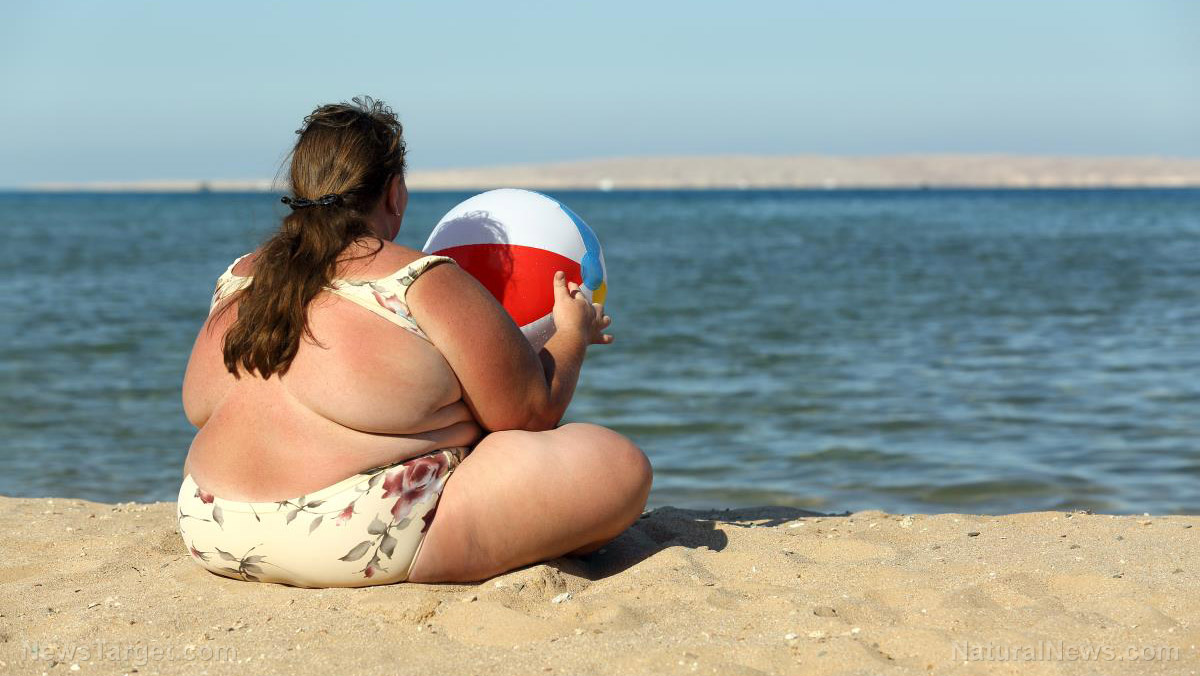
He collaborated with Paul Aveyard, Professor of Behavioral Medicine at the University of Oxford, and together they conducted a study on the proportions of mannequins gracing the windows and interiors of fashion stores. Originally, the researchers planned on physically measuring the mannequins of national fashion retailers that had outlets in Liverpool and Coventry. However, none of the high street stores gave the researchers permission to examine the mannequins in this manner. Robinson and Aveyard then turned to utilizing visual assessments instead. The researchers and two research assistants studied 58 mannequins -- 32 females and 26 males -- across 17 stores. The mannequins were then compared to the figures in a BMI-based body size guide rating scale.
Based on the scale, none of the female mannequins had a normal body size. All of the female mannequins were underweight, while only two male mannequins were considered to be in the same category. In an article for TheConversation.com, Robinson wrote: “The 'ultra-thin ideal' is something that I, and many others across the world, loathe. Size zero culture and glamorization of unrealistic and unobtainable body sizes has meant that the 'ideal' body size frequently and implicitly communicated to women is dangerously unhealthy.”
Touching on the much lower percentage of underweight male mannequins, Robinson commented that “this fits well with what we know about ultra-thin body ideals and gender: it is primarily communicated to women, who are a lot more likely than men to develop an eating disorder like anorexia.”
Robinson has acknowledged that not every person who sees a fashion store mannequin will develop an eating disorder. However, he also stated that members of the academic community were convinced that the “promotion of ultra-thinness” played a large role in eating problems. Furthermore, he chastised female mannequins for also having a hand in the proliferation of body image issues among young women. (Related: Vogue confession: Many supermodels eat tissue paper to feel full while starving themselves)
Men, on the other hand, were likely to experience “body dissatisfaction” because of “unattainable muscle ideals” set about by male mannequins. In the study, first published in the Journal of Eating Disorders, the researchers wrote: “Although male mannequins were less likely to be slender than female mannequins and therefore more representative of what constitutes a ‘normal’ male body weight, during data collection it was noted that a number of the male mannequins appeared unrealistically muscular.”
According to Robinson, the problem with female fashion store mannequins has been going on for decades. He talks about a 1992 study by researchers who scrutinized mannequins from 1930s to 1960s, most of which had been housed in museums. The researchers stated that real women who possessed similar proportions would be so thin that they'd be incapable of menstruating. (See also: Starvation.news)
Since the study was conducted in 2015, some retailers like Debenhams have introduced plus-sized mannequins into their stories. However, the “unhealthily thin” mannequins are still the norm among the displays of high street shops. “There is no excuse for the continued use of emaciated mannequins,” said Robinson.
Visit Slender.news for more information on health issues concerning women and men.
Sources Include:
Please contact us for more information.





















